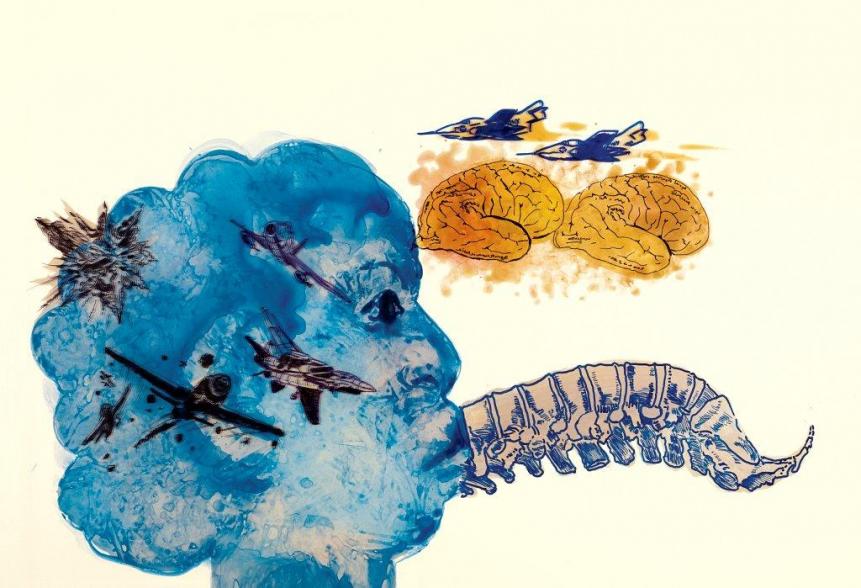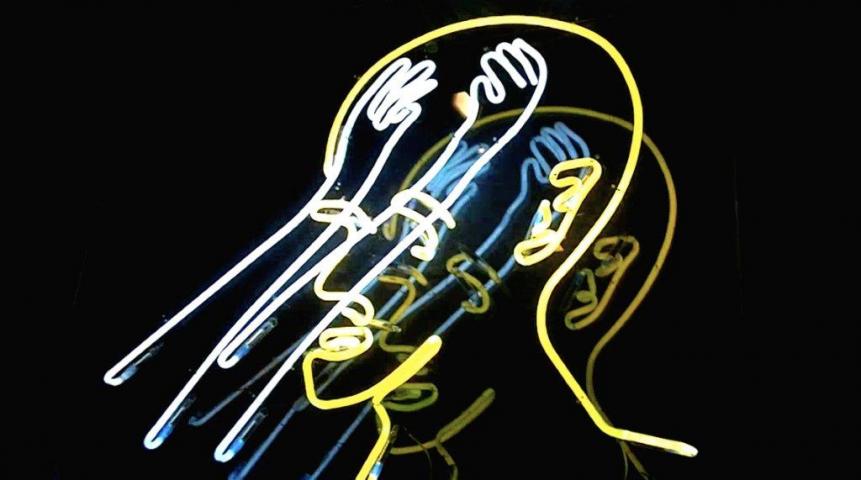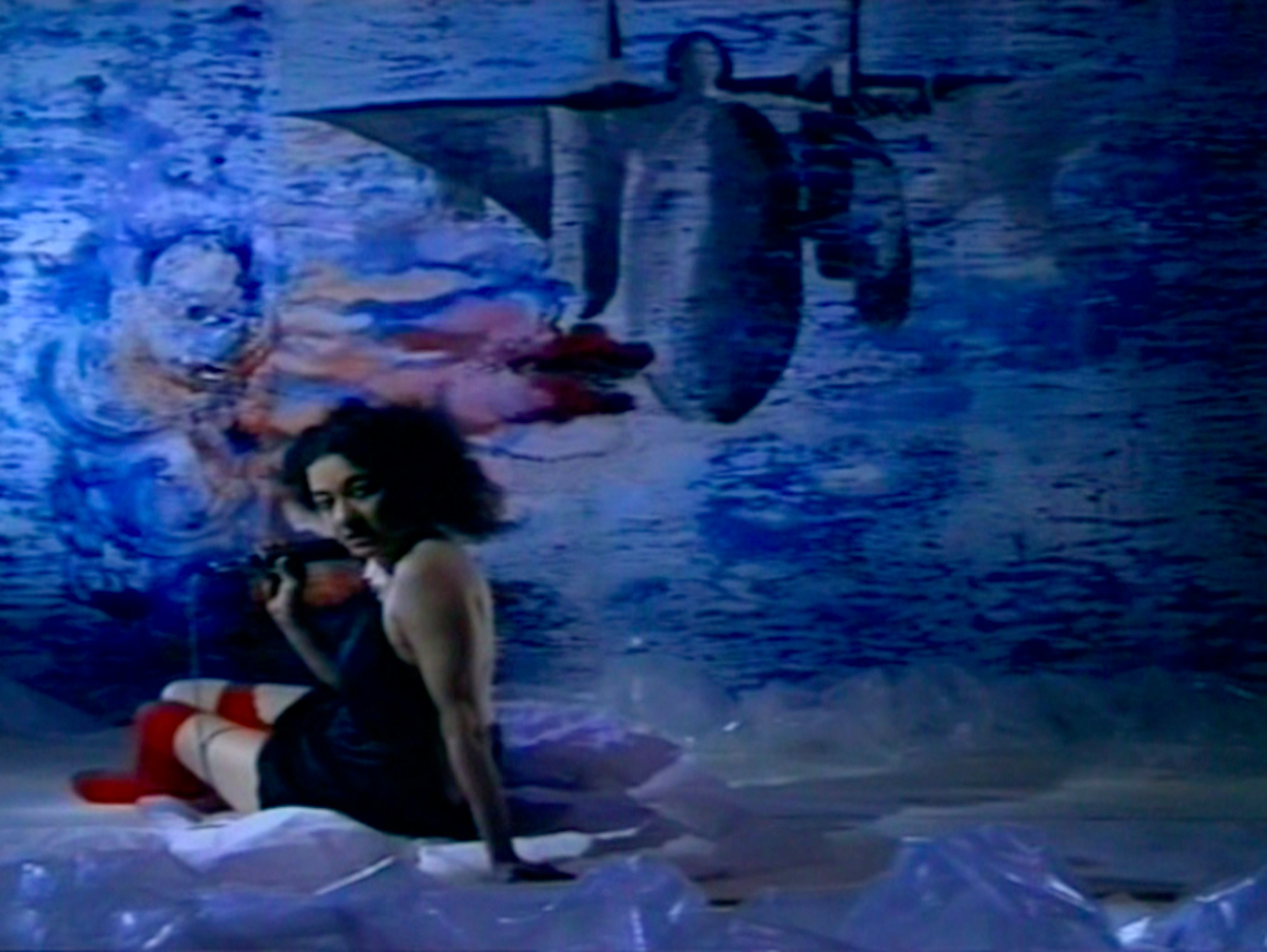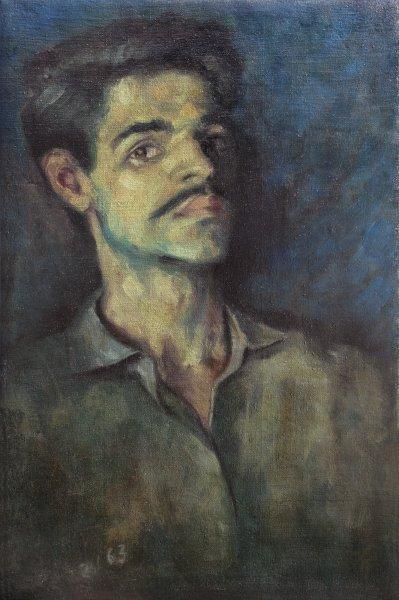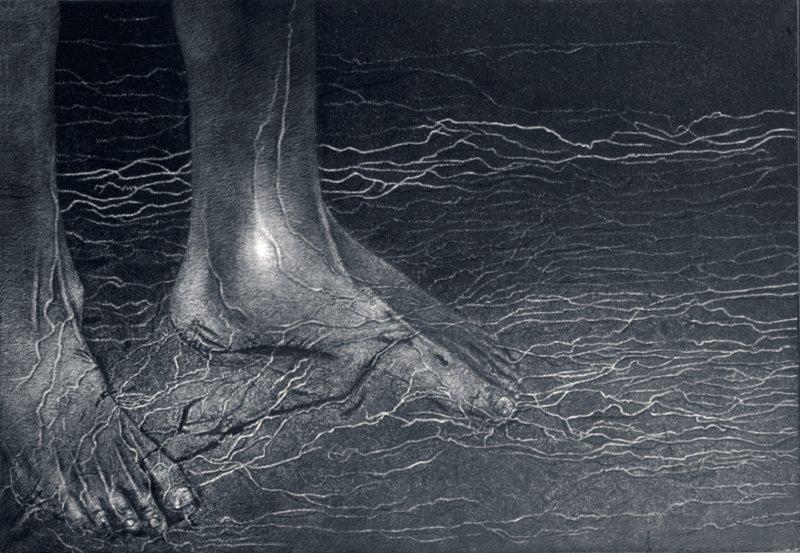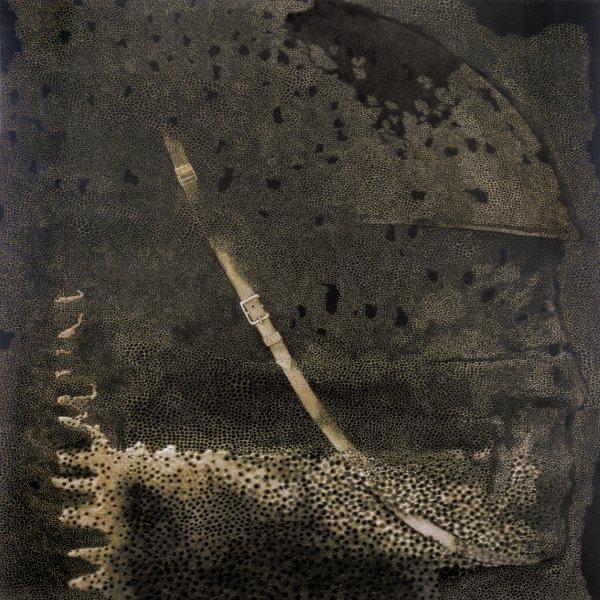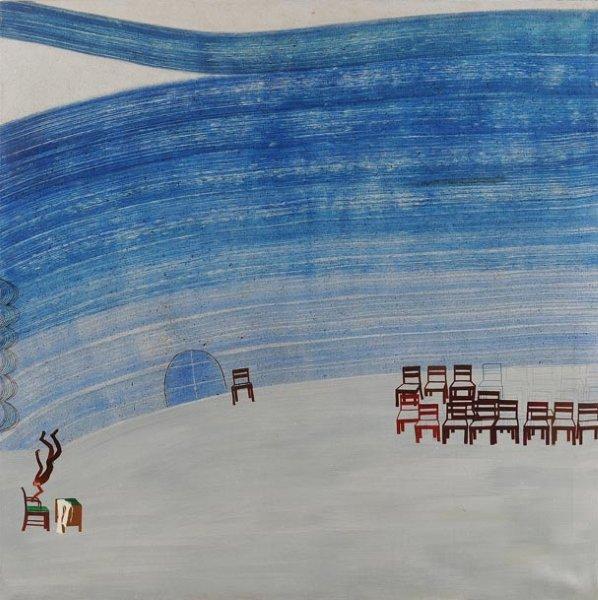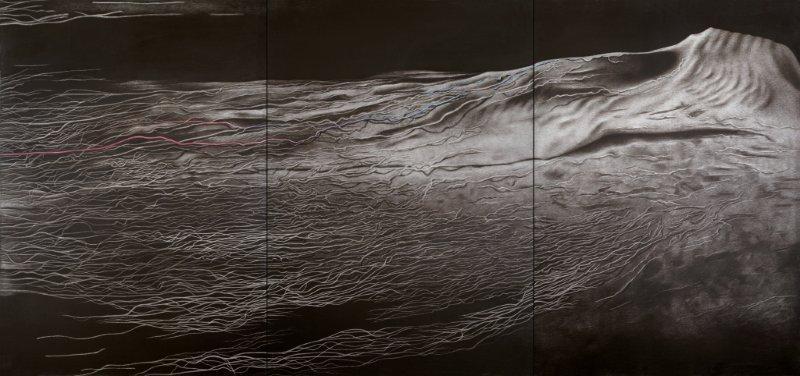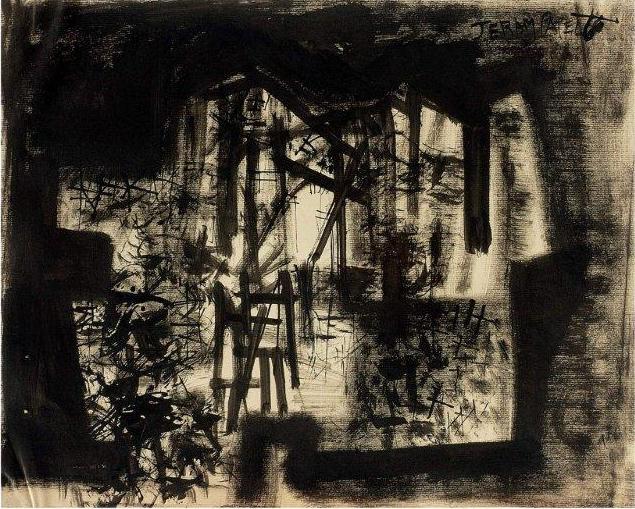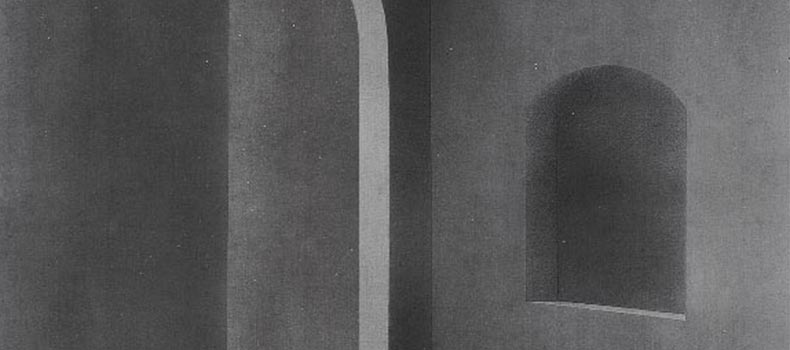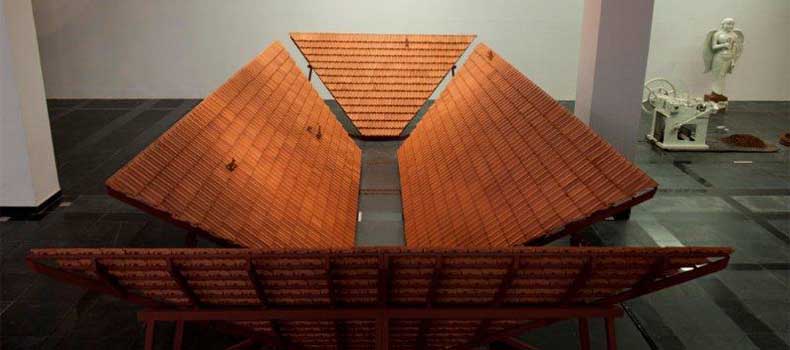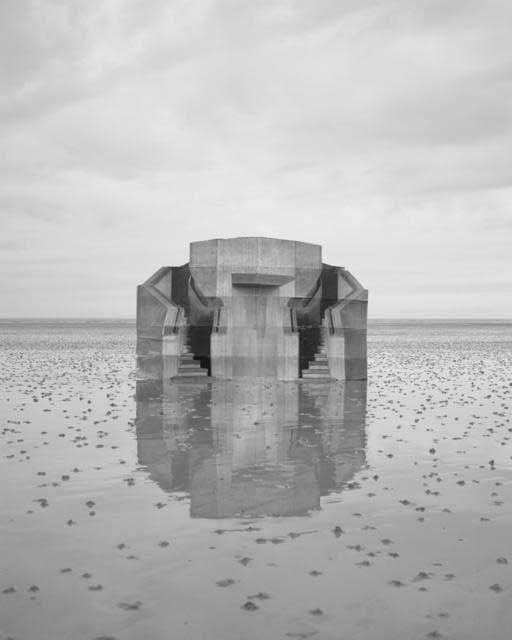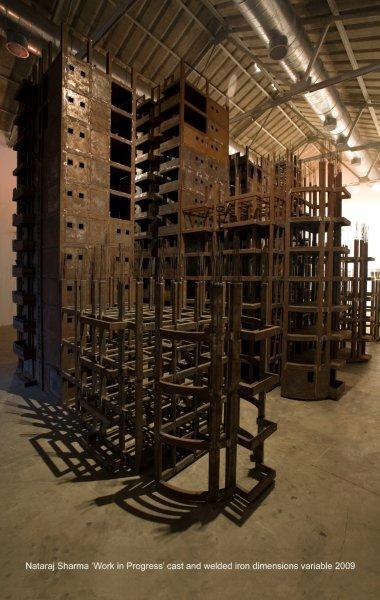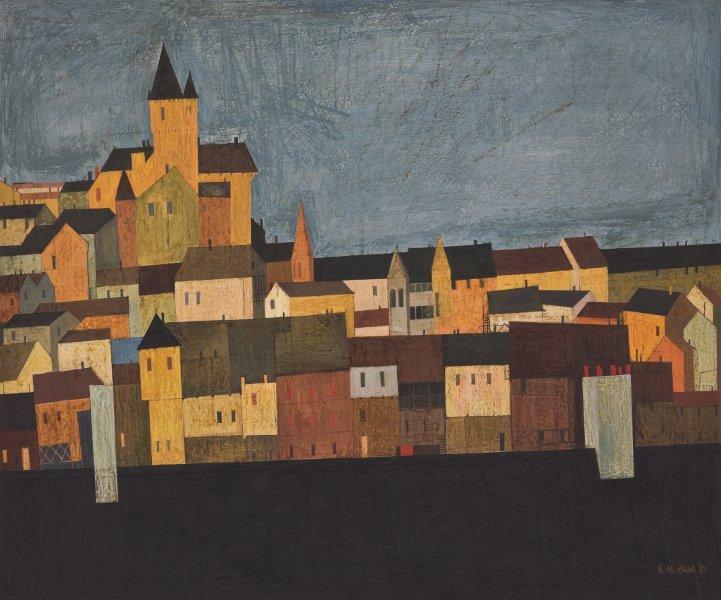- Home
- KNMA, Saket, Delhi
KNMA, Saket, Delhi
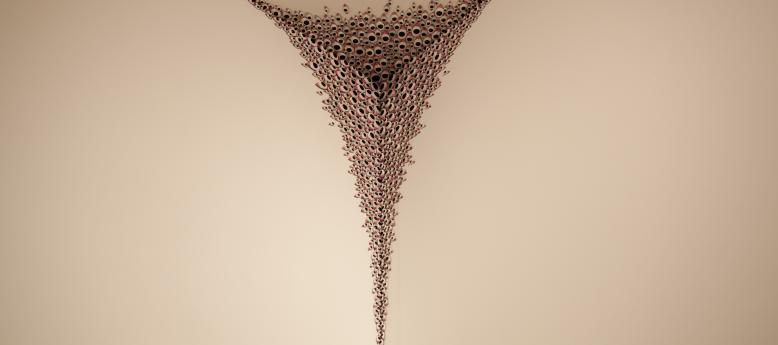
SEVEN CONTEMPORARIES
Part of Difficult Loves
31 January 2013 - 8 December 2013
Curated by Roobina Karode
Participating Artists
Anita Dube, Bharti Kher, Dayanita Singh, Ranjani Shettar, Sheba Chhachhi, Sheela Gowda and Sonia Khurana
‘Seven Contemporaries’ is the last part of the mega three-fold exhibition, ‘Difficult Loves’ that presented contemporary modes of art practice through the works of seven women artists from India belonging to two consecutive generations. The exhibition focuses on their rich and intense process of working, and reveals their complex relationships with objects, subjects, desires, and life at large. Threads woven with human hair, wooden fragments and frames of an abandoned house, hundreds of old books piled in stacks, hundreds of wooden beads on nails, natural beads, mass-produced eyes used for rituals outside temples, bindis, photographs, video projections with and without sound and texts, all brought to view inventive methods of working and compositional strategies that allowed the works to occupy a spatial presence in an entire room, on the floor, from the ceiling and interstitial spaces of the corner where the walls meet.
Other Exhibitions
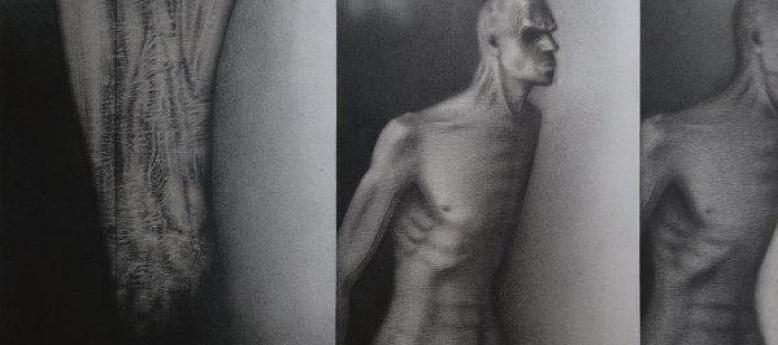
visions of interiority: interrogating the male body - A RETROSPECTIVE (1963-2013)
14 October 2014 - 1 March 2015

You can’t Keep Acid in a Paper Bag - A RETROSPECTIVE (1969 - 2014) in three chapters
26 September 2014 - 21 December 2014

A view to infinity - A Retrospective (1937-1990) Part of Difficult Loves
31 January 2013 - 8 December 2013

the dark loam: between memory and membrane - A RETROSPECTIVE (1930-2016)
24 August 2016 - 20 December 2016

The euphoria of being Himmat Shah A continuing journey across six decades
30 October 2017 - 15 December 2017

VIVAN SUNDARAM, A RETROSPECTIVE: FIFTY YEARS STEP INSIDE AND YOU ARE NO LONGER A STRANGER
9 February 2018 - 20 July 2018
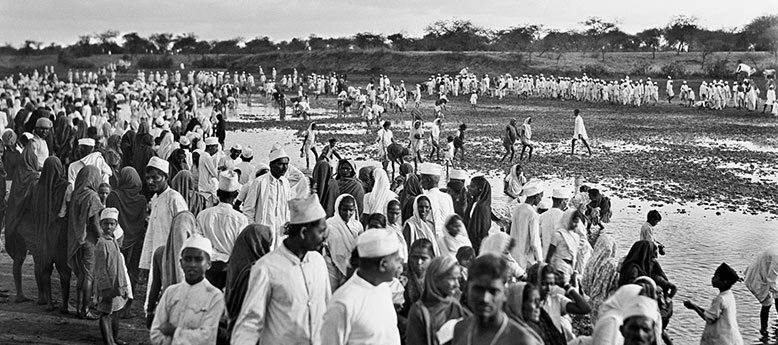
Envisioning Asia, Gandhi and Mao in the photographs of Walter Bosshard
1 October 2018 - 31 October 2018

Kiran Nadar Museum of Art presents इस घट अंतर बाग-बगीचे | Haku Shah 1934-2019 Within this earthen vessel are bowers and groves
10 December 2019 - 8 January 2020

Right to laziness... no, strike that! Sidewalking with the man saying sorry
30 January 2020 - 10 April 2021
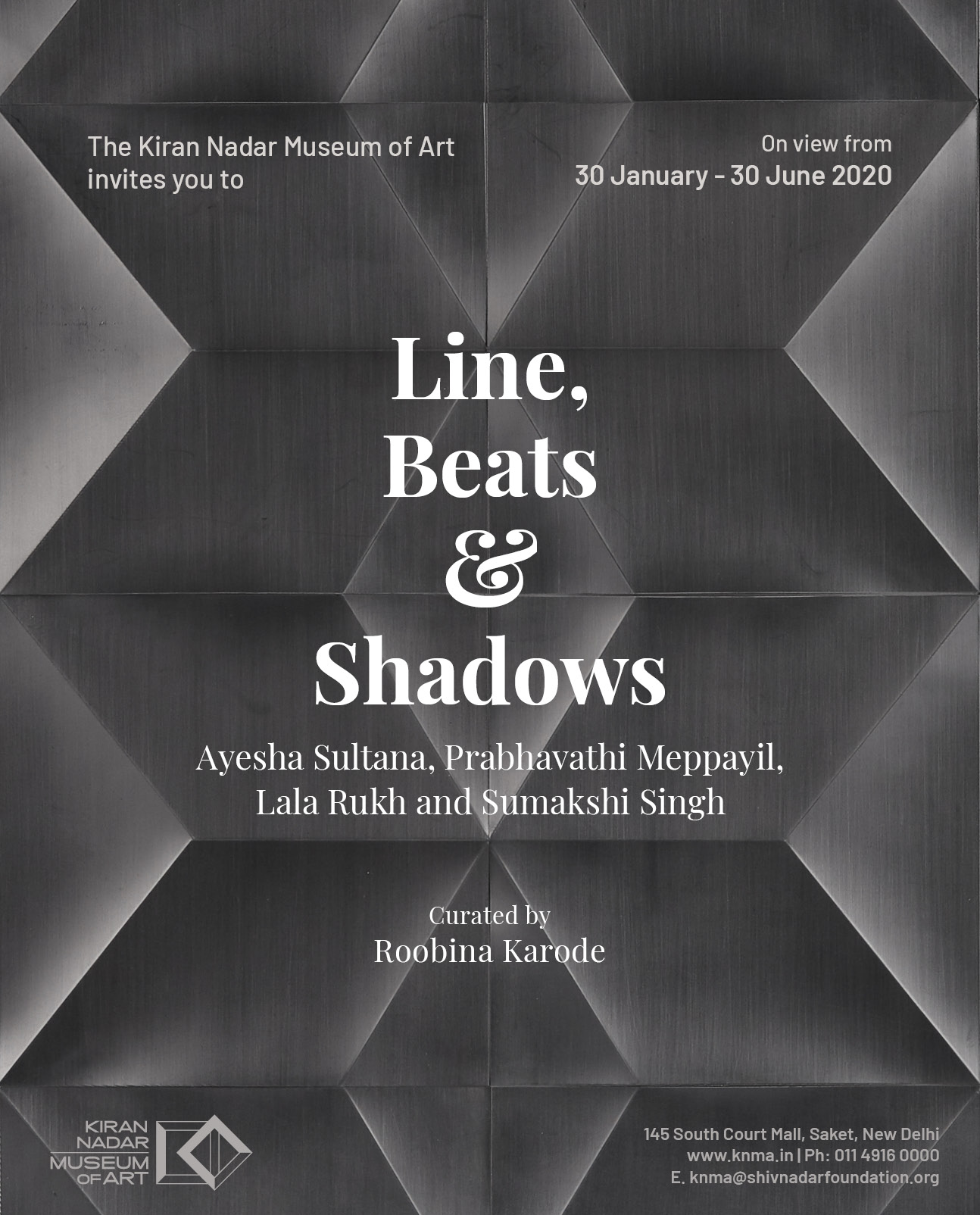
Line, beats and shadows – Ayesha Sultana, Prabhavathi Meppayil, Lala Rukh and Sumakshi Singh
30 January 2020 - 10 April 2021

Delhi Modern: The Architecture of Independent India seen through the eyes of Madan Mahatta
13 February 2020 - 28 February 2020

Around The Table : Conversations about Milestones, Memories, Mappings
5 November 2022 - 22 December 2022

Prussian Blue: A Serendipitous Colour that Altered the Trajectory of Art
19 September 2023 - 20 December 2023
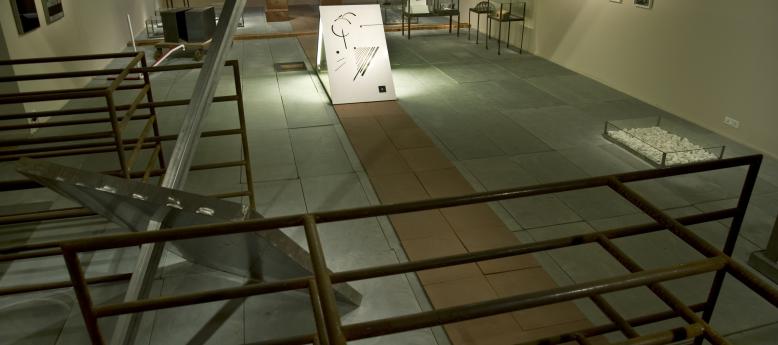
IS IT WHAT YOU THINK?
Ruminations on Time, Memory and Site
30 January 2014 - 27 September 2014
Curated by Roobina Karode
 Vivan Sundaram Memorial , 1993 - 2014 Black and White Photographs, Tin, Iron, Steel, Sandstone, Brick, Cement, Plaster of Paris, Glass, Marble, Wood, Paper-Pulp, Neon Lights and Enamel Paint
Vivan Sundaram Memorial , 1993 - 2014 Black and White Photographs, Tin, Iron, Steel, Sandstone, Brick, Cement, Plaster of Paris, Glass, Marble, Wood, Paper-Pulp, Neon Lights and Enamel Paint
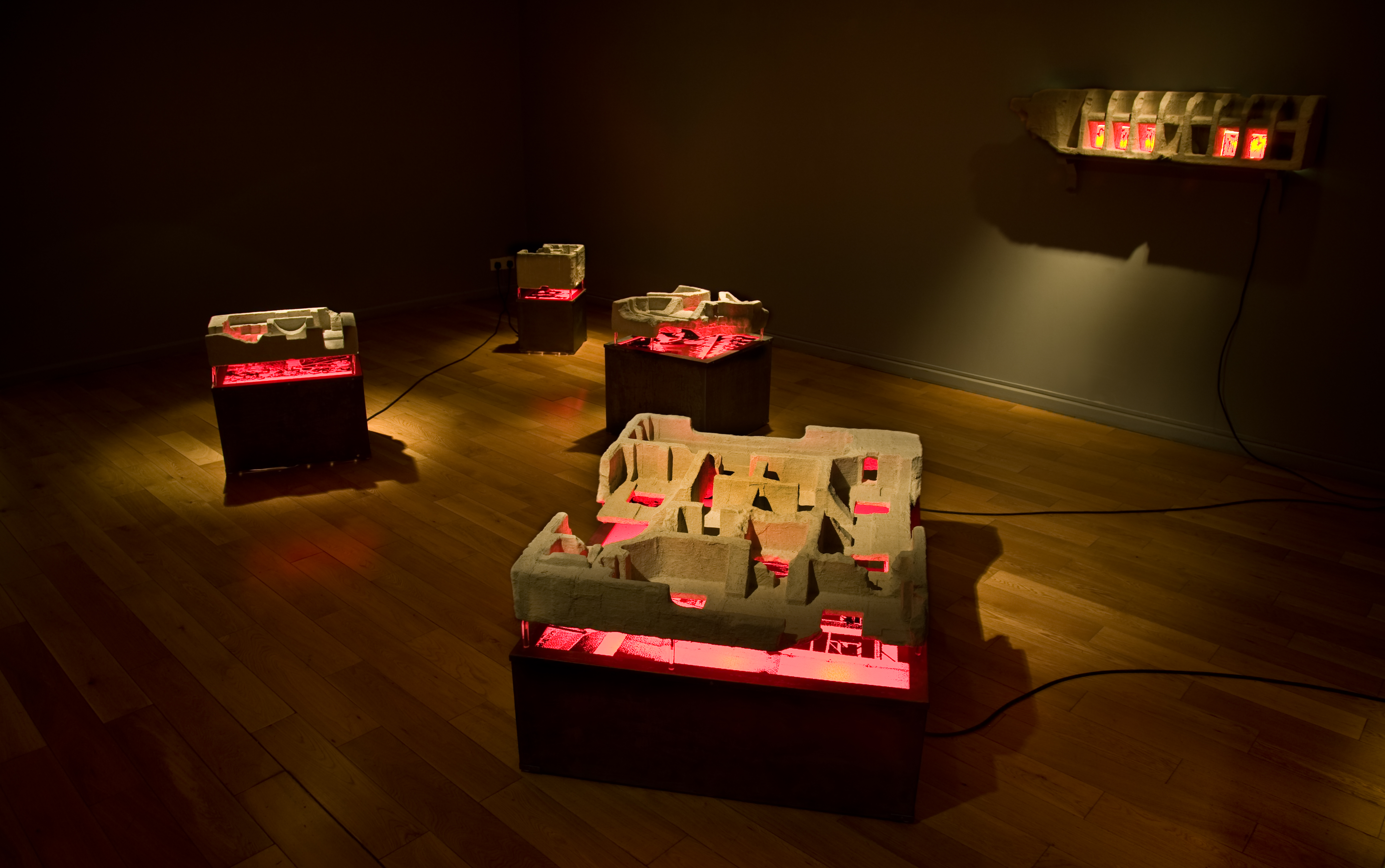 Anita Dube Illegal , 2004-2005 Stryrofoam, Bandages, Glue, Paint, Lightboxes with Silkscreen Prints on Acrylic Sheeting and Glass
Anita Dube Illegal , 2004-2005 Stryrofoam, Bandages, Glue, Paint, Lightboxes with Silkscreen Prints on Acrylic Sheeting and Glass
 Navjot Altaf Lacuna in Testimony 2003 , Three-Channel Video Installation with Seventy-Two Mirror Pieces
Navjot Altaf Lacuna in Testimony 2003 , Three-Channel Video Installation with Seventy-Two Mirror Pieces
Participating Artists
Anita Dube, Atul Dodiya, Amar Kanwar, Arpita Singh, Ashim Purkayastha, Gulammohammed Sheikh, Himmat Shah, Idris Khan, K.P. Krishnakumar, Navjot Altaf, N.N. Rimzon, Rummana Hussain, Shirazeh Houshiary, Shilpa Gupta, Surendran Nair, Vivan Sundaram, Zarina Hashmi
At one level, the exhibition reflects upon the immediate and the impending political and social crisis through acts of resistance, and at another level, it becomes a site of recuperation and healing. The pertinent question that haunts our minds today is linked to the crisis of a decadent humanity that the world at large and India in particular is grappling with. The selected artists have been committed to a socially engaged practice since many years. Through their seminal works, themes that touch upon issues of oppression, violence, historical identity and cultural memory will be addressed in diverse formats and modes of representation.
Other Exhibitions

visions of interiority: interrogating the male body - A RETROSPECTIVE (1963-2013)
14 October 2014 - 1 March 2015

You can’t Keep Acid in a Paper Bag - A RETROSPECTIVE (1969 - 2014) in three chapters
26 September 2014 - 21 December 2014

A view to infinity - A Retrospective (1937-1990) Part of Difficult Loves
31 January 2013 - 8 December 2013

the dark loam: between memory and membrane - A RETROSPECTIVE (1930-2016)
24 August 2016 - 20 December 2016

The euphoria of being Himmat Shah A continuing journey across six decades
30 October 2017 - 15 December 2017

VIVAN SUNDARAM, A RETROSPECTIVE: FIFTY YEARS STEP INSIDE AND YOU ARE NO LONGER A STRANGER
9 February 2018 - 20 July 2018

Envisioning Asia, Gandhi and Mao in the photographs of Walter Bosshard
1 October 2018 - 31 October 2018

Kiran Nadar Museum of Art presents इस घट अंतर बाग-बगीचे | Haku Shah 1934-2019 Within this earthen vessel are bowers and groves
10 December 2019 - 8 January 2020

Right to laziness... no, strike that! Sidewalking with the man saying sorry
30 January 2020 - 10 April 2021

Line, beats and shadows – Ayesha Sultana, Prabhavathi Meppayil, Lala Rukh and Sumakshi Singh
30 January 2020 - 10 April 2021

Delhi Modern: The Architecture of Independent India seen through the eyes of Madan Mahatta
13 February 2020 - 28 February 2020

Around The Table : Conversations about Milestones, Memories, Mappings
5 November 2022 - 22 December 2022

Prussian Blue: A Serendipitous Colour that Altered the Trajectory of Art
19 September 2023 - 20 December 2023

You can’t Keep Acid in a Paper Bag
A RETROSPECTIVE (1969 - 2014) in three chapters
26 September 2014 - 21 December 2014
Curated by Roobina Karode
A Retrospective (1969 – 2014) in Three Chapters
“You Can’t Keep Acid in a Paper Bag” is artist Nalini Malani’s first ever retrospective showcasing in India. Conceptualised in three-parts, each chapter ran for three months to present her art practice of the last five decades. The relevance of the huge body of work produced by her over the years has grown multifold in the times we live in. The metaphoric title of the exhibition, a line from her old diary, summarizes her overriding concern about a world as fragile as a paper bag, not designed for the acid, the toxic that humans have infiltrated into spaces, both physical and psychological. This uneasy terrain of a politically honed art practice has pushed Nalini Malani to obsessively and intuitively grow a rich repertoire of imagery and vocabulary as early as the mid-sixties, to communicate difficult themes pertaining to the violated bodies of women, that often fall into the bracket of being both “unpaintable and undesirable.” Being the most experimental and equally radical in her art making, her retrospective also brings home some of her installations and international projects that have never been shown in India before.
The exhibition showcases her sketchbooks, early photograms, experimental films and videos alongside her immersive installations that challenge the scale and architecture of the museum-space with rotating mylar cylinders suspended from the ceiling and shadow play
projections creating a live theatre, often collaborating with performance artists, musicians and writers. Her own performative gesture of drawing large charcoal female figures on the museum wall and its erasure towards the end of the exhibition by the security guards of the museum
was quite compelling, layered with provocative intent and cultural content.
Chapter I: Jan 30th – May 10th
Chapter II: May 23rd – Sep 14th
Chapter III: Sep 26th – Nov 30th
Other Exhibitions

visions of interiority: interrogating the male body - A RETROSPECTIVE (1963-2013)
14 October 2014 - 1 March 2015

You can’t Keep Acid in a Paper Bag - A RETROSPECTIVE (1969 - 2014) in three chapters
26 September 2014 - 21 December 2014

A view to infinity - A Retrospective (1937-1990) Part of Difficult Loves
31 January 2013 - 8 December 2013

the dark loam: between memory and membrane - A RETROSPECTIVE (1930-2016)
24 August 2016 - 20 December 2016

The euphoria of being Himmat Shah A continuing journey across six decades
30 October 2017 - 15 December 2017

VIVAN SUNDARAM, A RETROSPECTIVE: FIFTY YEARS STEP INSIDE AND YOU ARE NO LONGER A STRANGER
9 February 2018 - 20 July 2018

Envisioning Asia, Gandhi and Mao in the photographs of Walter Bosshard
1 October 2018 - 31 October 2018

Kiran Nadar Museum of Art presents इस घट अंतर बाग-बगीचे | Haku Shah 1934-2019 Within this earthen vessel are bowers and groves
10 December 2019 - 8 January 2020

Right to laziness... no, strike that! Sidewalking with the man saying sorry
30 January 2020 - 10 April 2021

Line, beats and shadows – Ayesha Sultana, Prabhavathi Meppayil, Lala Rukh and Sumakshi Singh
30 January 2020 - 10 April 2021

Delhi Modern: The Architecture of Independent India seen through the eyes of Madan Mahatta
13 February 2020 - 28 February 2020

Around The Table : Conversations about Milestones, Memories, Mappings
5 November 2022 - 22 December 2022

Prussian Blue: A Serendipitous Colour that Altered the Trajectory of Art
19 September 2023 - 20 December 2023

visions of interiority: interrogating the male body
A RETROSPECTIVE (1963-2013)
14 October 2014 - 1 March 2015
Curated by Roobina Karode
Amongst his generation of artists, Rameshwar Broota, much like the solitary male figure in his imagery, stands distinctly alone in his consistent engagement with the ‘male body’ over five decades. While the female nude, seen through the male gaze, remained dominant in 20th century Indian art, the bare male body largely represented mythical or heroic figures.
For Broota, the naked male body has continued to be a site of investigation. Endless articulations of its anatomical structure, corporeal force and erotic potential has made him render the masculine power through self-conscious rigour and restraint, but in due course, has also led him to face up its fragility and transmutations. Broota’s ‘Man’ in his primeval presence goes through the ambivalence of body and being, spirit and matter, fragility and resilience. With the trepidations of age, time, death and disintegration, one encounters the presence of male vulnerability in Broota that pushes the heroic male to acquire an anti-heroic position. The exhibition highlights the seminal shifts in his practice: from social satire to quiet introspective themes, bright colours to a monochromatic palette and from the body to its fragments and counterparts. Using his own body as a terrain for merciless explorations of the 'self', Broota arrives at his ‘visions of interiority’.
Other Exhibitions

visions of interiority: interrogating the male body - A RETROSPECTIVE (1963-2013)
14 October 2014 - 1 March 2015

You can’t Keep Acid in a Paper Bag - A RETROSPECTIVE (1969 - 2014) in three chapters
26 September 2014 - 21 December 2014

A view to infinity - A Retrospective (1937-1990) Part of Difficult Loves
31 January 2013 - 8 December 2013

the dark loam: between memory and membrane - A RETROSPECTIVE (1930-2016)
24 August 2016 - 20 December 2016

The euphoria of being Himmat Shah A continuing journey across six decades
30 October 2017 - 15 December 2017

VIVAN SUNDARAM, A RETROSPECTIVE: FIFTY YEARS STEP INSIDE AND YOU ARE NO LONGER A STRANGER
9 February 2018 - 20 July 2018

Envisioning Asia, Gandhi and Mao in the photographs of Walter Bosshard
1 October 2018 - 31 October 2018

Kiran Nadar Museum of Art presents इस घट अंतर बाग-बगीचे | Haku Shah 1934-2019 Within this earthen vessel are bowers and groves
10 December 2019 - 8 January 2020

Right to laziness... no, strike that! Sidewalking with the man saying sorry
30 January 2020 - 10 April 2021

Line, beats and shadows – Ayesha Sultana, Prabhavathi Meppayil, Lala Rukh and Sumakshi Singh
30 January 2020 - 10 April 2021

Delhi Modern: The Architecture of Independent India seen through the eyes of Madan Mahatta
13 February 2020 - 28 February 2020

Around The Table : Conversations about Milestones, Memories, Mappings
5 November 2022 - 22 December 2022

Prussian Blue: A Serendipitous Colour that Altered the Trajectory of Art
19 September 2023 - 20 December 2023

WORKING SPACES : around memory and perception
28 January 2015 - 17 February 2015
Curated by Roobina Karode
Participating Artists
Anish Kapoor, Dilip Chobisa, Jeram Patel, Manisha Parekh, Madan Mahatta, Nalini Malani, Nasreen Mohamedi, Nandita Kumar, Pooja Iranna, Rana Begum, Seher Shah, Simryn Gill, Sheila Makhijani, V. Viswanadhan, Zarina
‘Working Spaces’ can be read in multiple ways. It is about artists giving the amorphousness of space physical dimensions through shape, colour, form and structure, to accentuate its experience and meaning. Space is never created ex-nihilo; it is inspired and created around memory and perception, in traversing the passage between ‘observed’ and ‘remembered’ experiences, in responding to nature, architecture, place and time. Bordering between representation and abstraction, artists have employed acts of drawing, structural forms of architecture and of objects, principles of visual deception and optical illusion, nuances of colour and the effects of light and sound to manifest concepts/ideas about materiality and non-materiality, fullness and emptiness, form and formlessness, often entering into realms of the transcendental and the mystical. Metaphorically, it is a space in the mind, the depths of which are unknown and possibilities of knowing, endless.
Other Exhibitions

visions of interiority: interrogating the male body - A RETROSPECTIVE (1963-2013)
14 October 2014 - 1 March 2015

You can’t Keep Acid in a Paper Bag - A RETROSPECTIVE (1969 - 2014) in three chapters
26 September 2014 - 21 December 2014

A view to infinity - A Retrospective (1937-1990) Part of Difficult Loves
31 January 2013 - 8 December 2013

the dark loam: between memory and membrane - A RETROSPECTIVE (1930-2016)
24 August 2016 - 20 December 2016

The euphoria of being Himmat Shah A continuing journey across six decades
30 October 2017 - 15 December 2017

VIVAN SUNDARAM, A RETROSPECTIVE: FIFTY YEARS STEP INSIDE AND YOU ARE NO LONGER A STRANGER
9 February 2018 - 20 July 2018

Envisioning Asia, Gandhi and Mao in the photographs of Walter Bosshard
1 October 2018 - 31 October 2018

Kiran Nadar Museum of Art presents इस घट अंतर बाग-बगीचे | Haku Shah 1934-2019 Within this earthen vessel are bowers and groves
10 December 2019 - 8 January 2020

Right to laziness... no, strike that! Sidewalking with the man saying sorry
30 January 2020 - 10 April 2021

Line, beats and shadows – Ayesha Sultana, Prabhavathi Meppayil, Lala Rukh and Sumakshi Singh
30 January 2020 - 10 April 2021

Delhi Modern: The Architecture of Independent India seen through the eyes of Madan Mahatta
13 February 2020 - 28 February 2020

Around The Table : Conversations about Milestones, Memories, Mappings
5 November 2022 - 22 December 2022

Prussian Blue: A Serendipitous Colour that Altered the Trajectory of Art
19 September 2023 - 20 December 2023
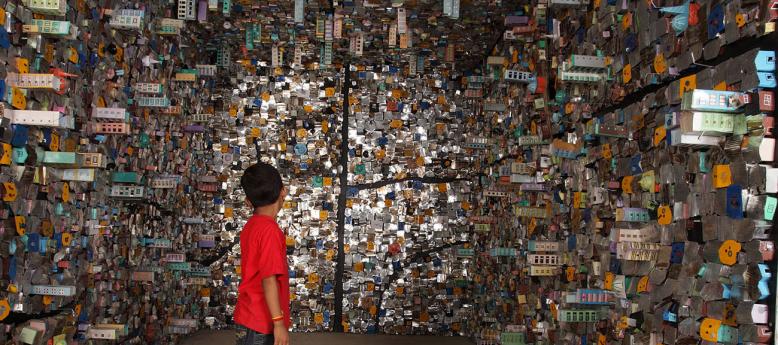
CONSTRUCTS | CONSTRUCTIONS
23 April 2015 - 29 November 2015
Curated by Roobina Karode
Participating Artists
Adi M Davierwala, Anish Kapoor, Dayanita Singh, F.N. Souza, Ganesh Haloi, Gigi Scaria, Gulammohammed Sheikh, Hema Upadhyay, Himmat Shah, Jeram Patel, K.G. Subramanyan, L.N. Tallur, Manisha Parekh, Mariam Suhail, Masooma Syed, Nandita Kumar, Noemie Goudal, Nataraj Sharma, Pooja Iranna, Ram Kumar, Seher Shah, S.H. Raza, Simryn Gill, Srinivasa Prasad, Sudarshan Shetty, Sumedh Rajendran, Tushar Joag, V. Viswanadhan, Yamini Nayar, Zarina
The Museum Collection that has grown considerably in the last five years has been the starting point for this undertaking, focused on a broad thematic that highlights Indian Modern and Contemporary Art. Constructs | Constructions presents one such strand and resonance, a deeper interrogation of the urban condition, of built structures around us and psychological constructs in the everyday.
The exhibition brings together 30 artists across-generations to further the explorations of the previous exhibition ‘Working Spaces’, addressing the passage/process that moves a creative work from the realm of a mental construct into the realm of a constructed image/reality, to communicate through its form and content. It is focused on the close relationship between the act of making and the manifestation of thought and ideas.
Other Exhibitions

visions of interiority: interrogating the male body - A RETROSPECTIVE (1963-2013)
14 October 2014 - 1 March 2015

You can’t Keep Acid in a Paper Bag - A RETROSPECTIVE (1969 - 2014) in three chapters
26 September 2014 - 21 December 2014

A view to infinity - A Retrospective (1937-1990) Part of Difficult Loves
31 January 2013 - 8 December 2013

the dark loam: between memory and membrane - A RETROSPECTIVE (1930-2016)
24 August 2016 - 20 December 2016

The euphoria of being Himmat Shah A continuing journey across six decades
30 October 2017 - 15 December 2017

VIVAN SUNDARAM, A RETROSPECTIVE: FIFTY YEARS STEP INSIDE AND YOU ARE NO LONGER A STRANGER
9 February 2018 - 20 July 2018

Envisioning Asia, Gandhi and Mao in the photographs of Walter Bosshard
1 October 2018 - 31 October 2018

Kiran Nadar Museum of Art presents इस घट अंतर बाग-बगीचे | Haku Shah 1934-2019 Within this earthen vessel are bowers and groves
10 December 2019 - 8 January 2020

Right to laziness... no, strike that! Sidewalking with the man saying sorry
30 January 2020 - 10 April 2021

Line, beats and shadows – Ayesha Sultana, Prabhavathi Meppayil, Lala Rukh and Sumakshi Singh
30 January 2020 - 10 April 2021

Delhi Modern: The Architecture of Independent India seen through the eyes of Madan Mahatta
13 February 2020 - 28 February 2020

Around The Table : Conversations about Milestones, Memories, Mappings
5 November 2022 - 22 December 2022

Prussian Blue: A Serendipitous Colour that Altered the Trajectory of Art
19 September 2023 - 20 December 2023



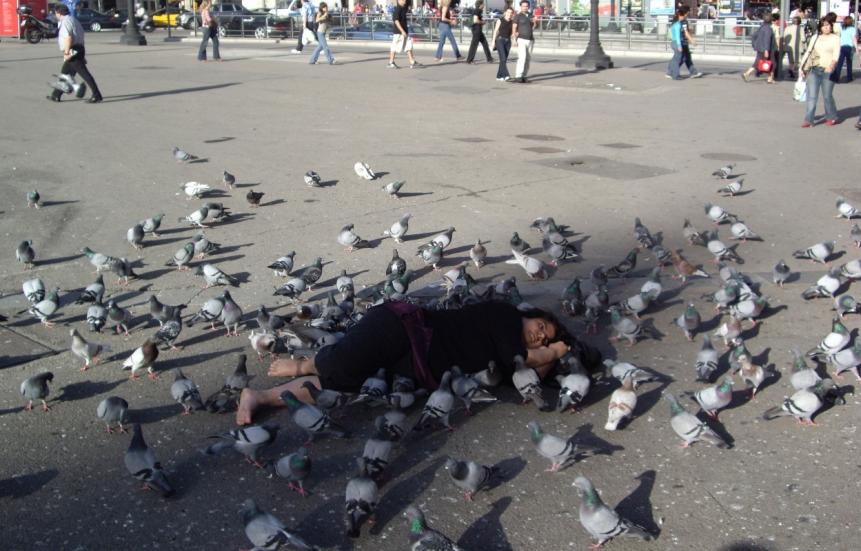



_0.jpg)

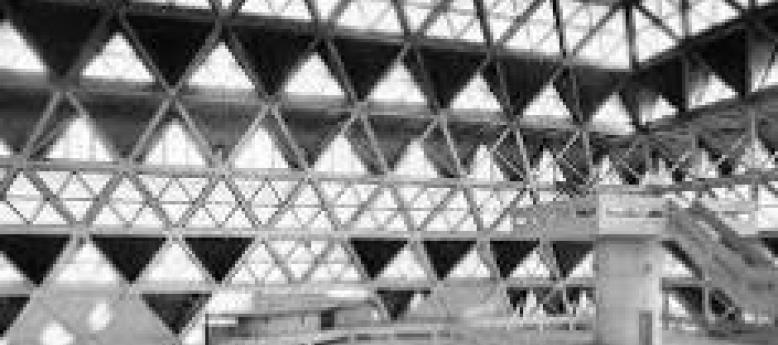

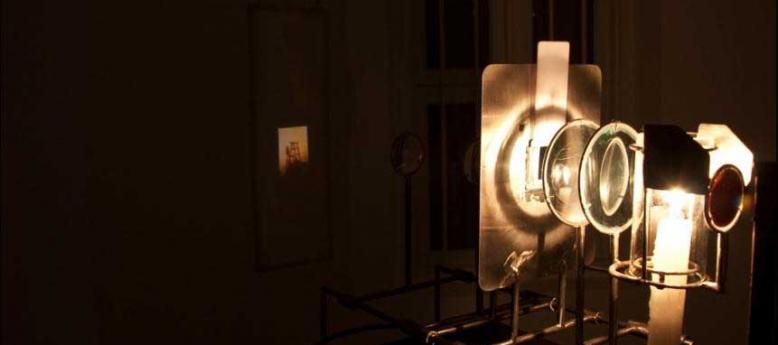



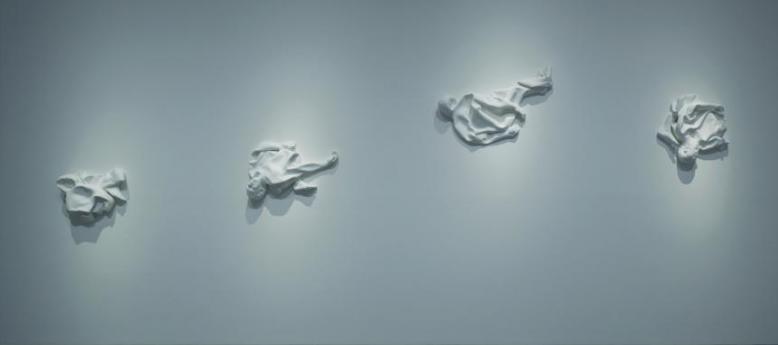



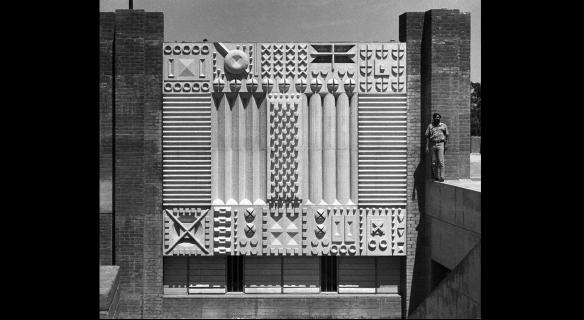






.jpg)







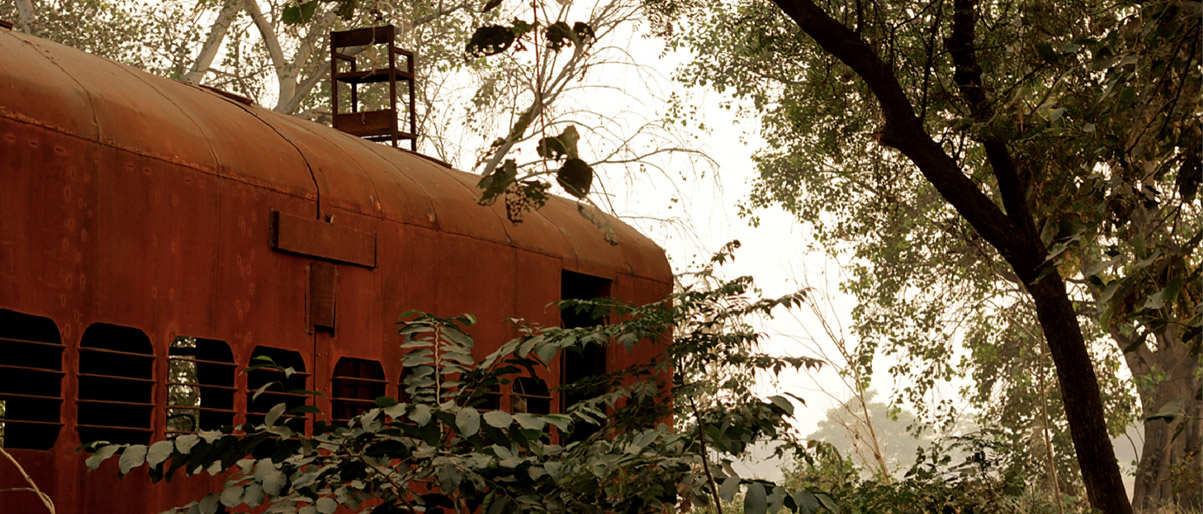
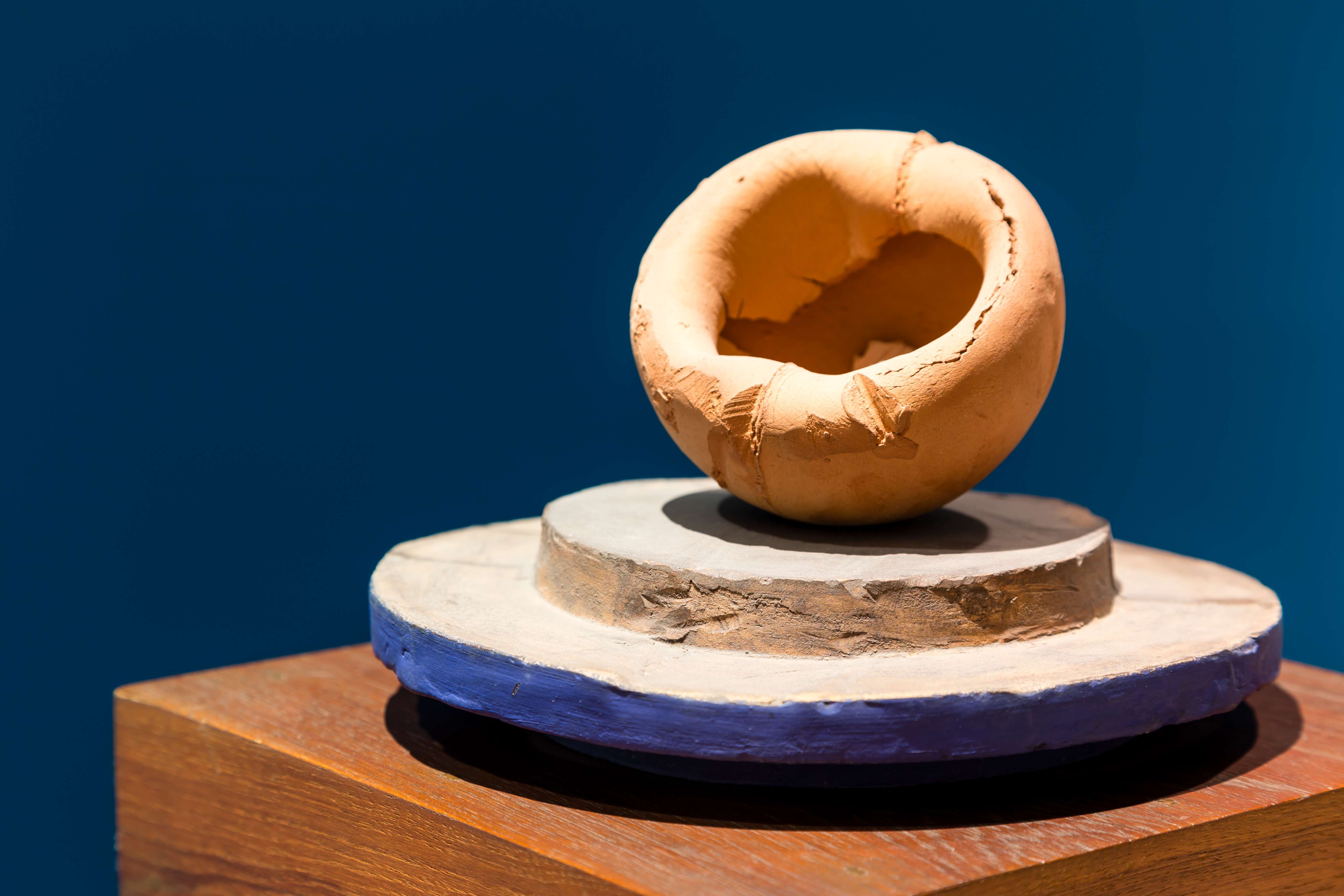

.jpg)




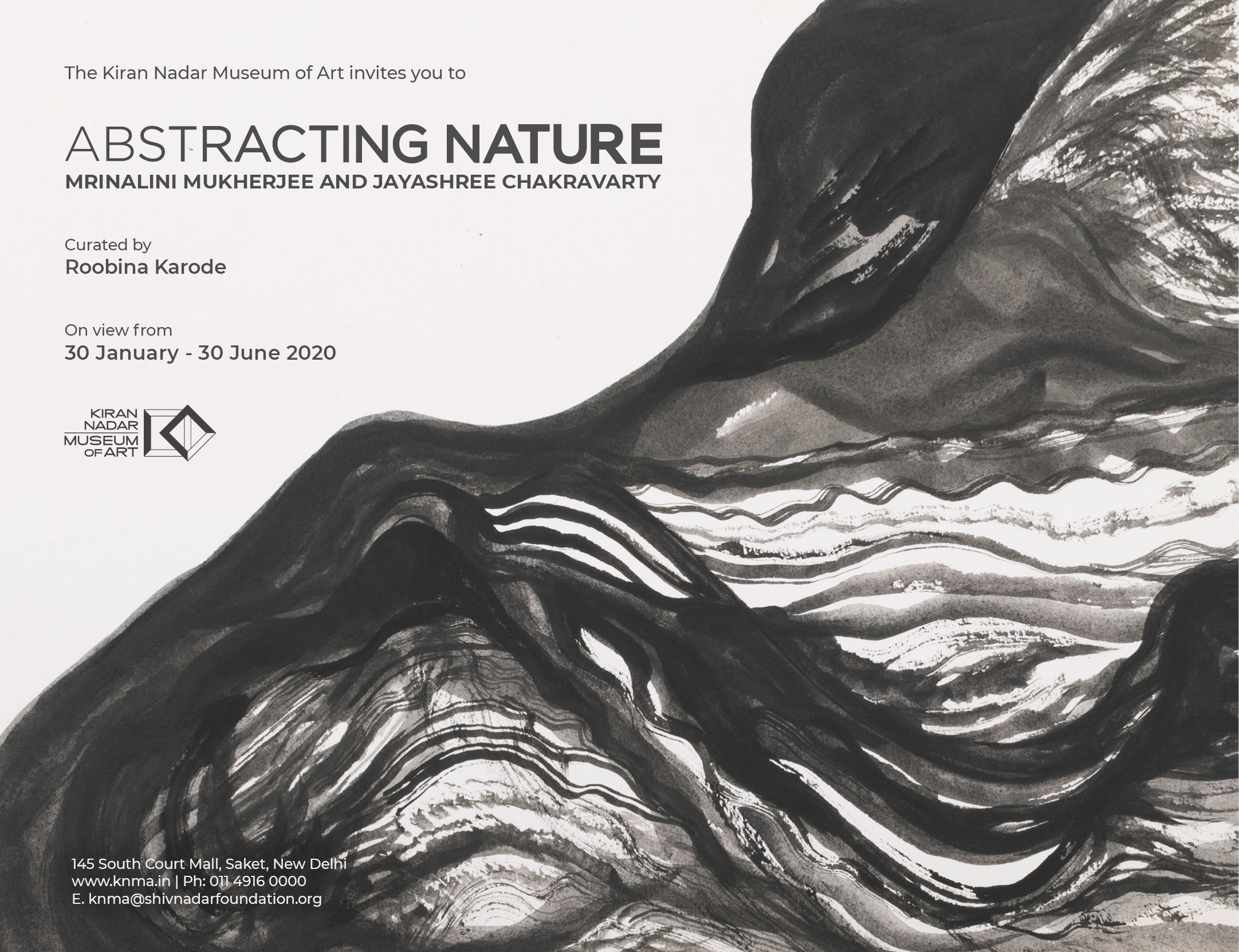
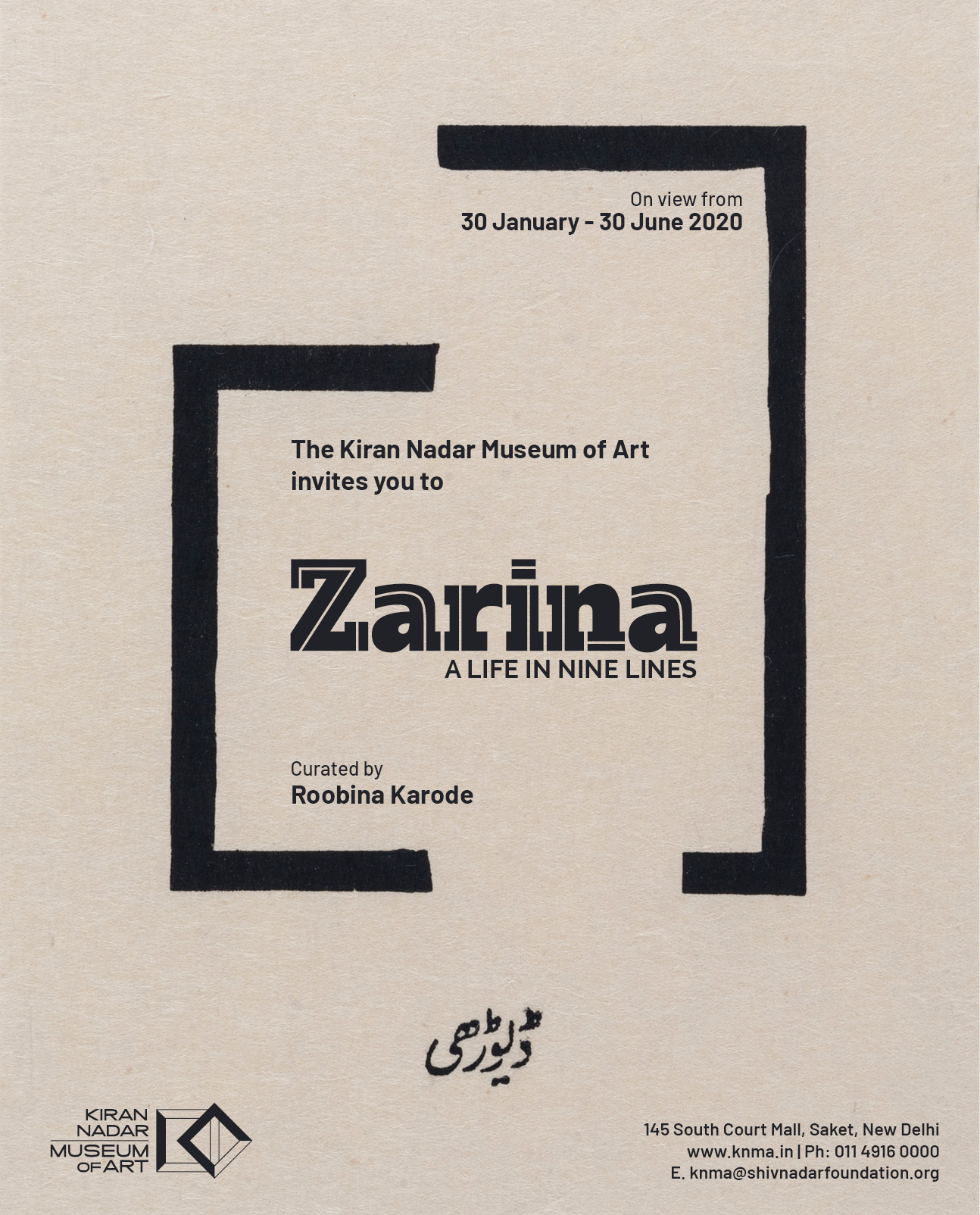






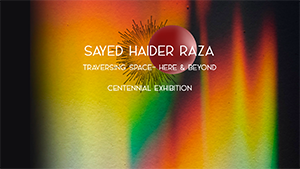

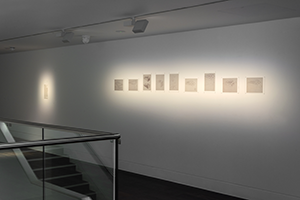
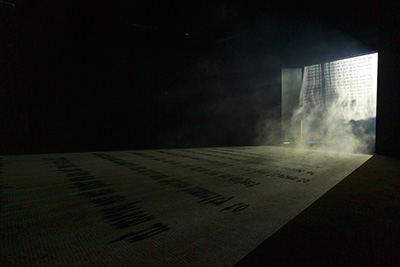
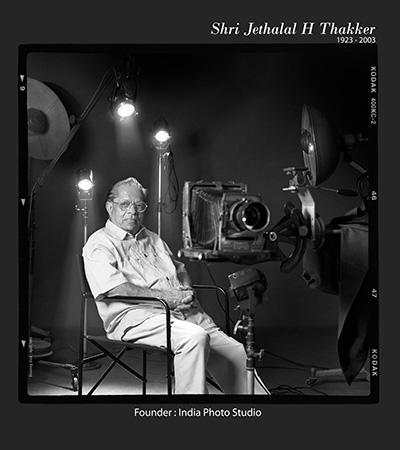




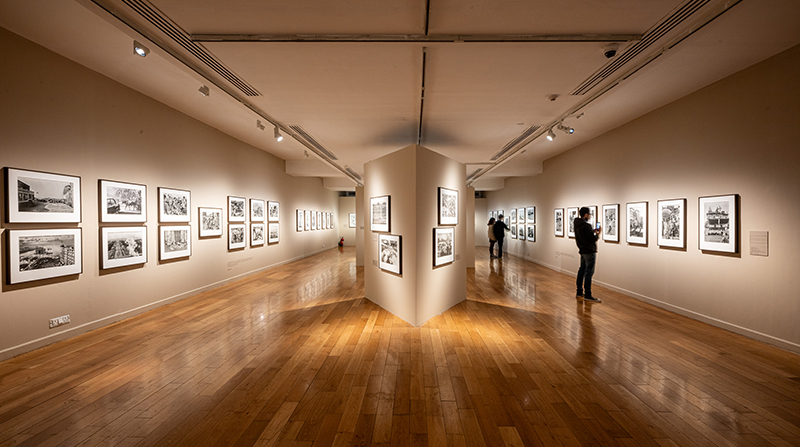
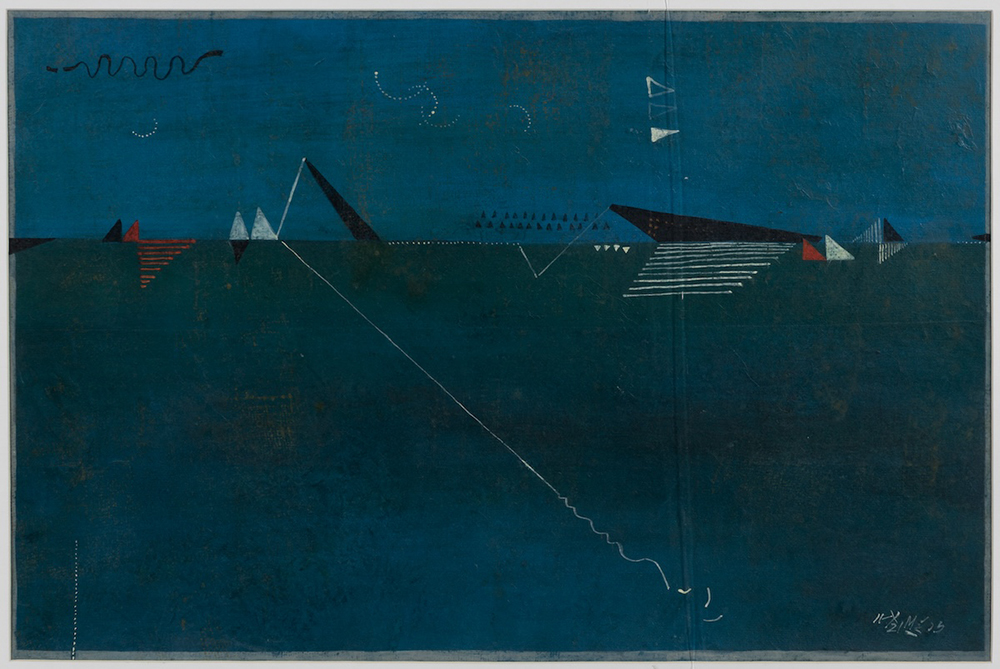

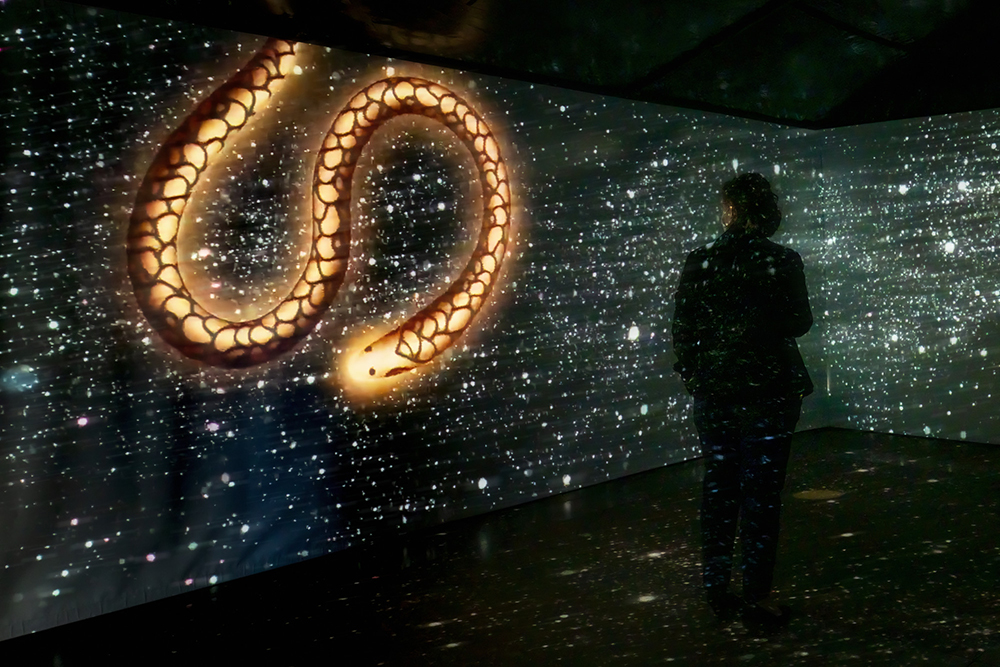
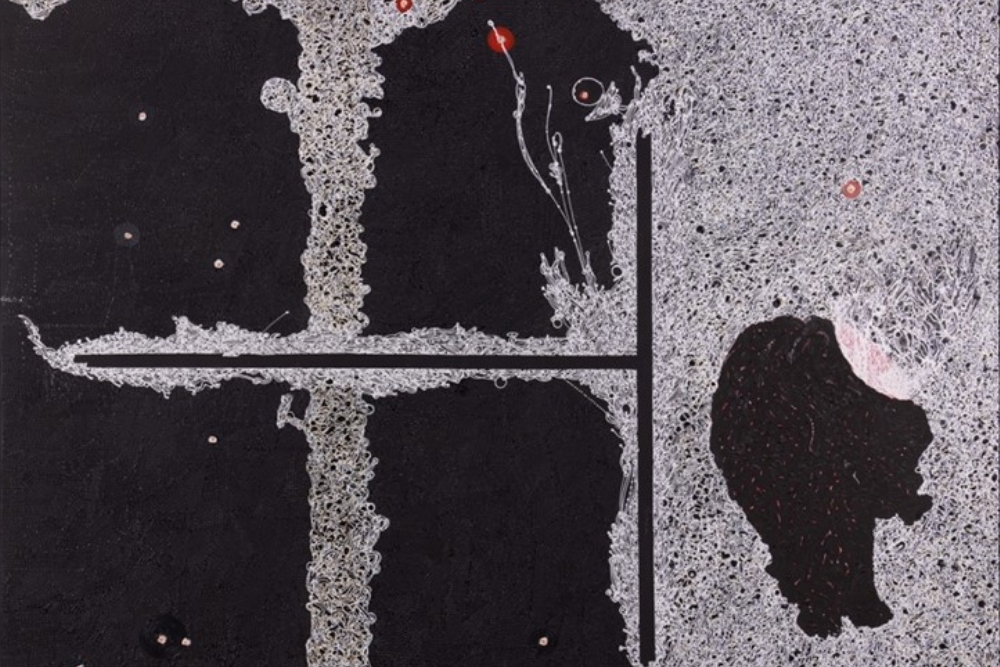
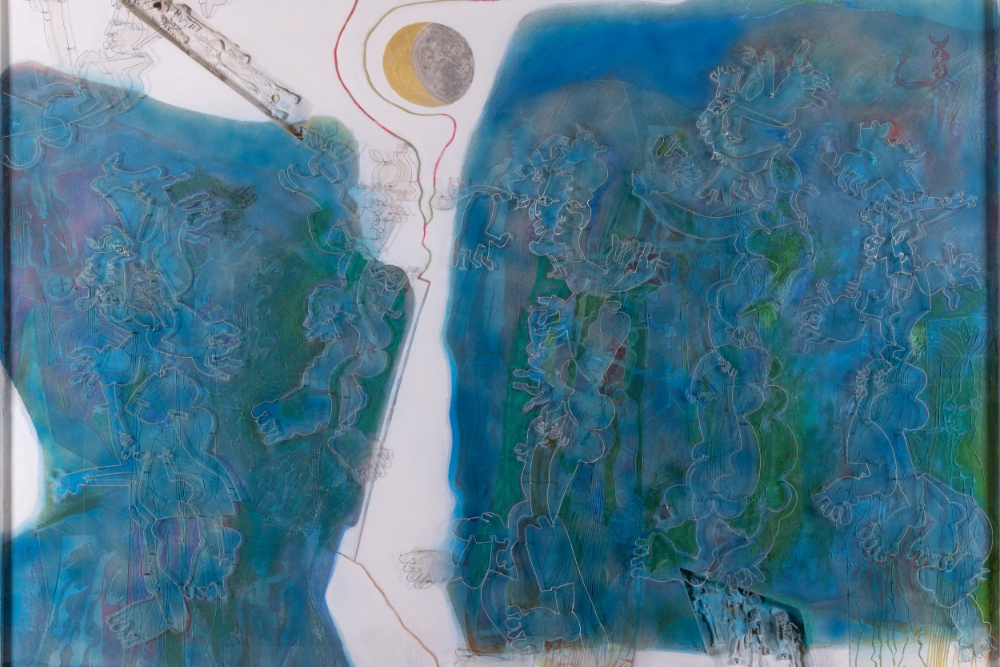
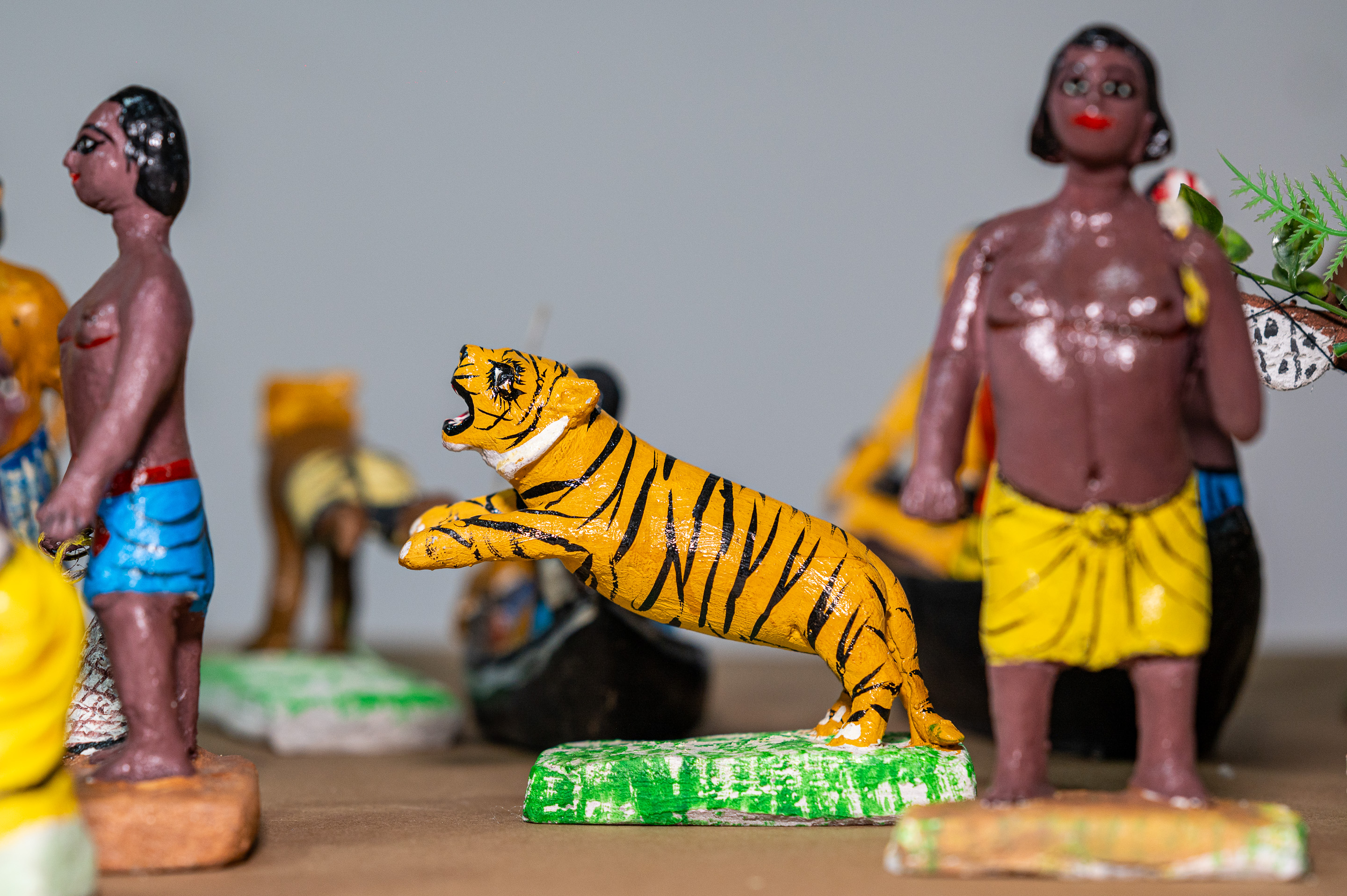



.png)






